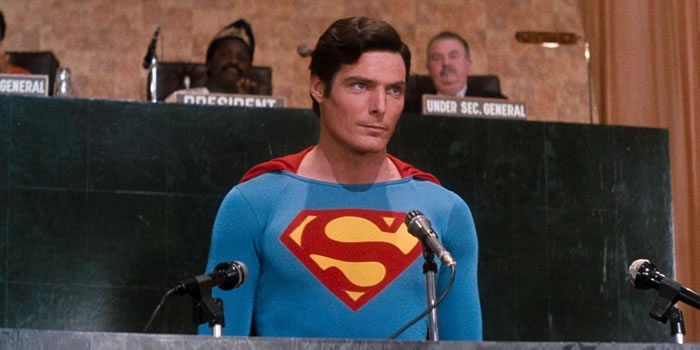Tim Burton's Batman came along the summer I turned eleven and awoke my creative soul.
Looking back, of course, it also introduced me to consumerism, just as Star Wars had done for the first wave of my generation only ten years prior: I bought lobby cards, comic books, a novelization of the script, posters, action figures, rubber masks, rubber gauntlets. I had the breakfast cereal. The Batwing. The Batmobile. Bob the Goon. I asked Mom to order a copy of the Warner Bros. catalogue and checked off three pages of merchandise for Christmas that year. Pins. Playing cards. A laugh-box that, to my great disappointment, looked nothing like the Joker's in the movie. Mom also made me a homemade costume out of a gray sweatsuit, black fabric, and cardboard (for the ears). There's a picture of that somewhere, God help me. And, to this day, I still have a wooden fridge magnet I made myself at my grandmother's house with the bat-logo painted in acrylic. I was swept up in the rising tide of what the media called "Batmania." These days, we just call it fandom, which is, by turns, one of the great social movements of the twenty-first century or, more or less, a correct term for a marketing demographic.
Batman the movie brought with it a resurgence in the character's popularity. He was in demand, and he wasn't just for kids anymore. He was dark, he was brooding. He was Gothic. He was, in essence, Frank Miller's nightmarish vigilante, a hero of the modern psyche. I remember the first time I saw the leather-bound collection of Miller's Batman stories on display in the window of a Waldenbooks in 1988: The Complete Frank Miller Batman. Before this moment, as a kid, I had not paid much attention to anything called a "graphic novel." I doubt I even knew what a graphic novel was back then, but here was a beautiful, black, adult-looking thing with pages trimmed in silver, and when I priced one, I was thrilled. Sixty dollars! Serious stuff. Had I ever paid sixty dollars for anything at that point in my life? Moments later, I overhead two twenty-somethings talking about how great the book looked on their shelves at home, and that, I suppose, was how my epic Christmas list started. I couldn't pick the book up and flip through it because it was shrink-wrapped, and so the mystery of what lay inside was a tantalizing one. The reveal when I finally opened my copy was nothing short of a revelation: The Dark Knight Returns. Thirteen years later, I would place this book a reading list of influential fiction for my creative writing comps at Ole Miss. It was a book that taught me to take the fantastic seriously, to see the world not as a child sees it but as an adult, to look beyond the surface of a symbol and see the myriad complexities and contradictions at work within. I devoured it, read it and re-read it so many times the spine began to crack. There were other books that came along, among them Bob Kane's somewhat questionable autobiography Batman and Me, a book less interested in truth-telling, you might say, than myth-spinning. But it was filled with full-color panels of original 1930s storylines, and at the time, those weren't so easy to come by.
I began to draw around this time, too, at first just reproducing the character's various poses in the artwork that permeated the culture. Eventually, once my parents started paying for lessons, I came to art for its own sake, not to create color-pastel reproductions of Jack Nicholson's eyebrows and hairline but to make art as a fundamental expression of my own inner life. I never came to enjoy sketching as deeply as writing, which had come a few years earlier for me, but I did understand the connection between the two, the visual and the written: after all, Sam Hamm and Warren Skaaren and Frank Miller had also written their stories. So Tim Burton's Batman goes deep, I suppose, the whole phenomenon surrounding it, as well as the thrill of the film itself. Every year, as more and more Marvel movies come out, each more bombastic and labyrinthine than the last, each so determined to say something but clueless about what that something is, Batman grows more refined, more artful. Its chief pleasure stems from its timeless, mythic qualities: the city in decay, order out of chaos, the orphan hero. And beyond the superficial trappings of the merchandise I amassed and eventually lost or sold in so many garage sales, beyond its place as a touchstone of my childhood, it's a flashpoint of creativity: the moment when I understood the difference between standing on the outside of a display window looking in and wanting to make art for myself.
A version of this post originally appeared via The Banana Tree of Jean Louis in 2014.




